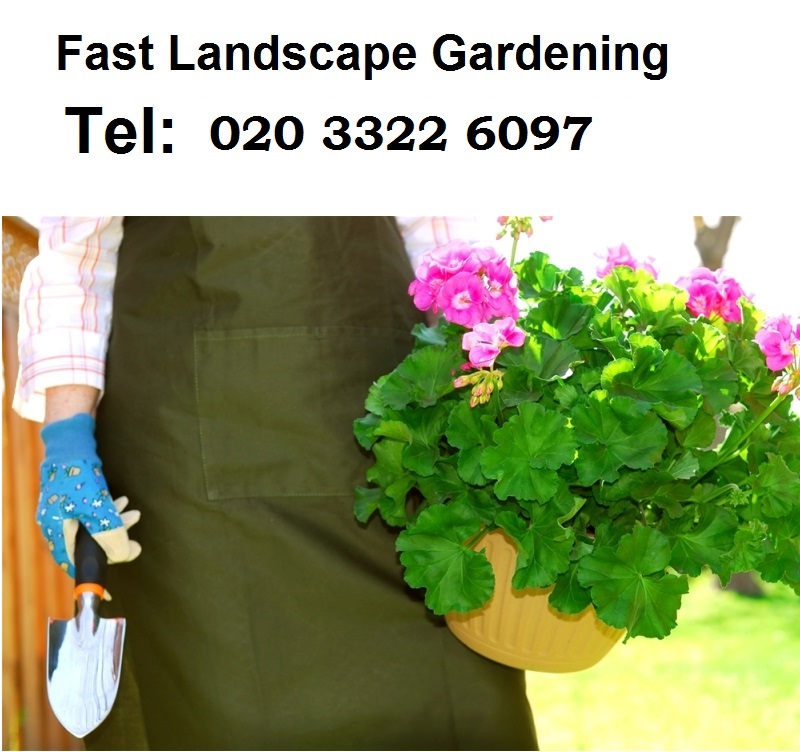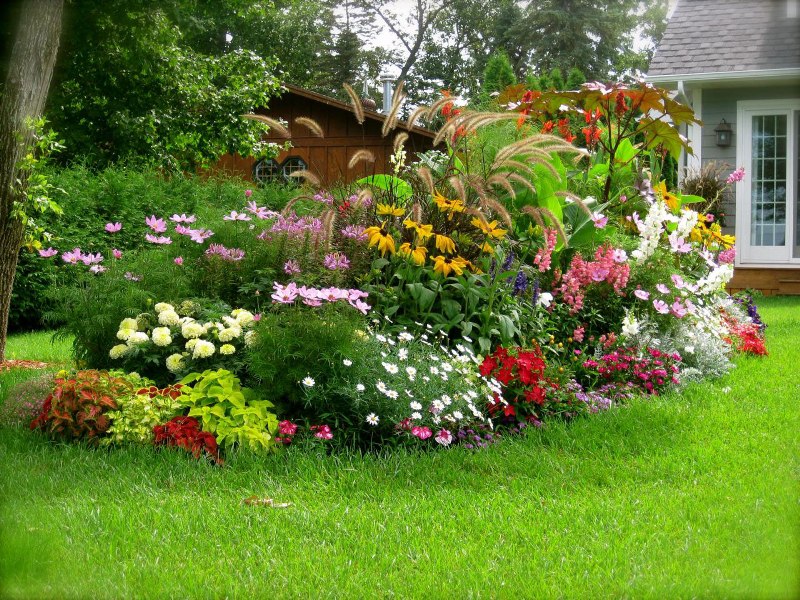
With the cold winter getting closer and closer, a lot of gardening tasks are waiting for you to tackle. Heavy rain, fallen leaves and frost can compromise the outstanding looks of your backyard, which is why you should prepare the garden for the freezing weather. November is the perfect time of the year for spending the weekends in your warm, cosy home, but don't forget to address these top priority garden jobs too:
- Clean fallen leaves – it is a chore you will face almost every day – November is all about fallen leaves scattered around your backyard. To clean the space properly and make it ready for the tough winter, rake up leaves before they have piled up. Next, while the leaves are still damp, move them to appropriate sacks and place the sacks in your garden shed. Doing so will let you not only get rid of debris in the garden but also make your organic mulch to count on next November.
- Mulch perennials – as you already suspect, mulching is another garden task on your to-do list this month. Mulching has numerous advantages and when it comes to freezing temperatures, you can count on mulch to keep the roots of your perennials safe from harm. But before you address mulching, don’t forget to cut the stems of the plants to just above the ground. Once you are ready with the task, cover around their base, to preserve the roots from frost and extreme cold. If you have prepared your very own organic mulch last year, now is the best time to make the most of it.
- Plant spring-blooming bulbs – next spring might seem so far away, but warm weather will arrive before you know it. To welcome it with colourful plants, make yourself ready this month by planting spring bulbs. Do you love tulips? Get some healthy bulbs and plant them in the garden, in a pot or a container. If you are not sure how deep in the soil to plant the bulbs, just plant them three times to their depth. In addition to various shades of tulips, you can also think about planting crocus or daffodils to enjoy next spring.
- Shop for winter plants – surely you don’t want to be deprived of colours all winter long and you don’t have to be. While you are tackling gardening tasks in November, don’t forget to shop for some winter flowering plants. Polyanthus, primroses and winter pansies are some of the best choices you can make so that your garden or balcony keeps its beauty during the winter.
- Take care of your veggie garden – with summer season over, your veggie beds probably lie empty, so you should address them before frost and snow come. Just cover them with some organic compost to preserve and enrich the quality of the soil, making it ready for next spring. Do you want to take advantage of fresh veggies in winter? Then this month is the perfect time for you to plant winter crops like lettuce and alliums.
- Protect container plants – most plants grown outdoors in containers are vulnerable to frost and low temperatures winter comes with. To keep them safe during cold months, insulate container plants in November, using materials like fleece or polystyrene. Regardless of the type of plants, you are insulating, don’t allow moisture to stay trapped under the wrapping. Your container plants need to be protected from moisture to prevent decay, that’s why using waterproof materials is a smart way to go.
Prepare your beautiful garden for next year by dealing with these six important tasks this month. A lot of things will change in the garden in November and you should spend a little time to make sure the space has been perfectly taken care of.

 Log in with Facebook
Log in with Facebook 









